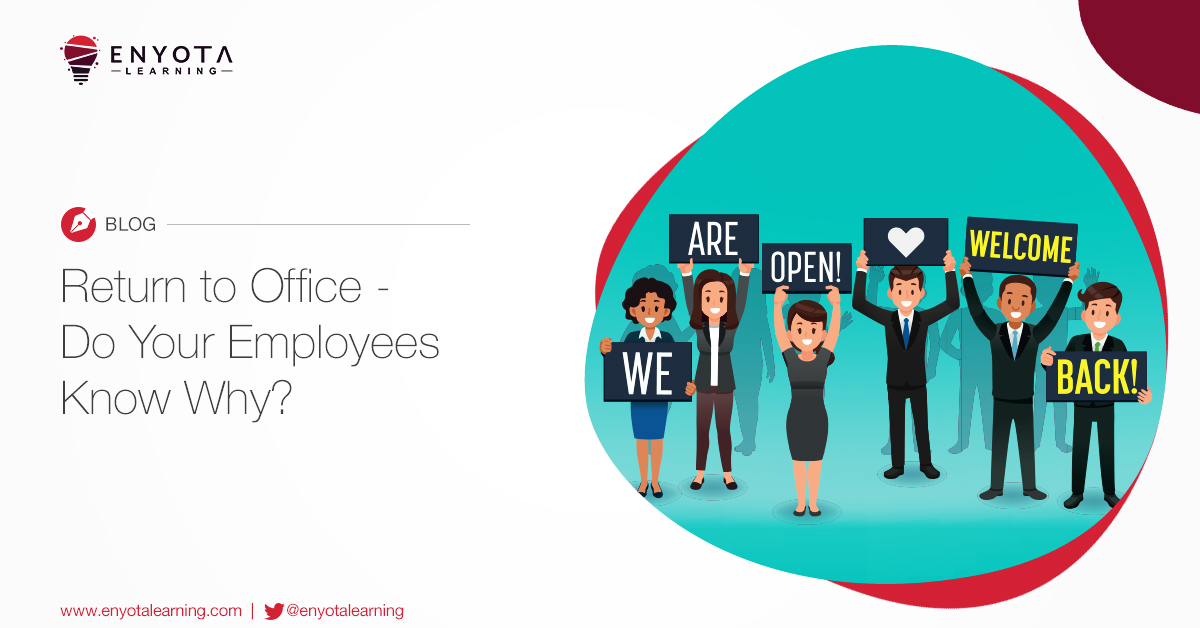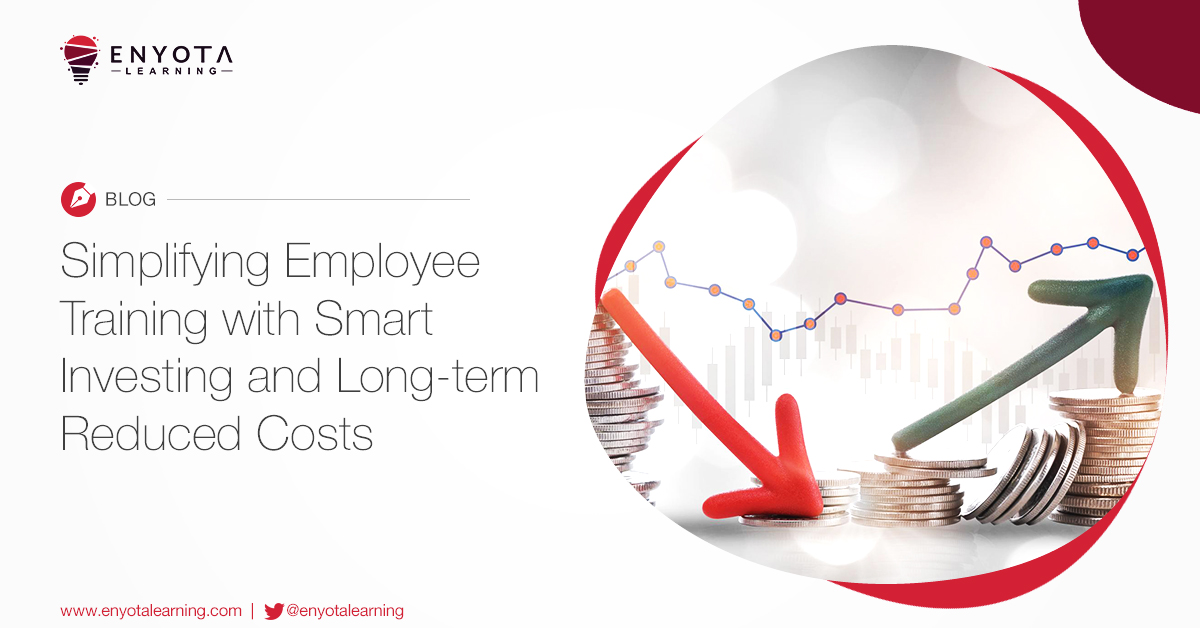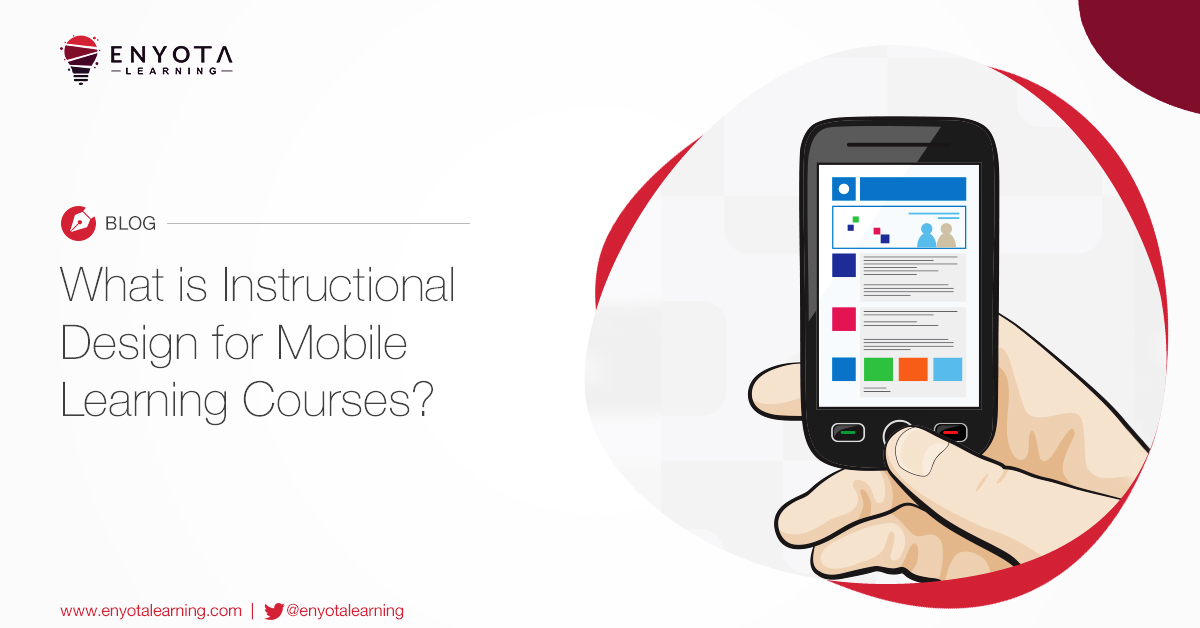Importance of learner experience
- Why is learners experience important
- How to build a good learner experience into your training
Why is it important to build good learner experience into your training?
Learning and development initiatives serve the purpose of keeping your employees upskilled, engaged, and empowered. Not to forget, it’s a way to show employees that the company is invested in their growth aspirations too. And it is here that learner experience comes in. This is because learner experience is about creating avenues for learners to grow while exciting them to learn and develop. In the grand scheme of things, creating a positive learning experience is what organizations need to focus on for better training results.
Millennials currently make up 75% of the modern workforce. 87% of this segment believes that professional development and growth in career are two important factors. Ceridian reports that 91% of top performing employees rate learning and development opportunities as critical to them. Certain statistics indicate that companies who invest in learning and development enjoy 24% higher profit margins. Learning and development is central to an organization’s development and learner experience has a huge role to play in this.
Great learning and development strategy ensures that your employees are content with the efforts made by your organization towards their development. It is also about ensuring that employees remain committed, enthusiastic, and involved which ultimately leads to increased productivity. Organizations that understand this are constantly focussing on creating a culture of learning and development. Which is enhanced by boosting the learner’s experience when interacting with training. However, worrying statistics indicate that many organizations are still unable to get their learner experience right. For example, the average completion rates for MOOC’s averages to 15%. And other studies reveal that the dropout rates for online courses stand as high as 70%. Now given what investment goes into developing such learning initiatives, it is important for us to re-evaluate the way learning is disseminated.
How to build a good learner experience into your training:
Building good learner experience into your training is integral to ensuring your training program’s success. It’s best to start with these 5 steps:
-
Take a learner-centric approach
So, organizations already know that amplifying learning initiatives results in more engaged employees. Which in-turn results in an increase in productivity and closing of skill gaps. We need to look at how learning is delivered. Instead of going with administration-centric approach, eLearning development must adopt a learner-centric approach. We achieve this by focusing on learning experiences to enable continuous learning.
By moving training and development beyond the traditional Power-Point presentations, eBooks, and generic training videos, we can attempt to look at how your learners can be the driving force behind their own learning. Additionally, it is imperative to focus on learning experiences and enhance this experience. To compel users to complete the course, improve training outcomes, and drive knowledge retention.
-
Create frictionless experiences
Learning experiences have to become truly frictionless. Moreover, expecting your employees to like something that is challenging to use is unfair. Learning management systems and eLearning courses keep the end users’ standards in mind in order to create a frictionless experience.
‘Don’t make me think’ is a good philosophy to follow when designing great learning experiences. By focusing on end-user satisfaction, the training is being built from the learners’ point of view and not the trainers or even the trainings’ point of view. Factoring things like accessibility, usability, and fun in between interactions that the user and the content make is a good place to start.
For example, think of the LMS design through the same lens of user experience design that most products pass through. And your eLearning courses can pass through the same lens as audience interest level tests to determine which aspects of your eLearning work and those that don’t.
-
Build contextual customization and personalization
To understand learners, their job roles and specific needs, assessing and understanding existing skill sets and knowledge levels helps in forming a learner-centric approach. By observing their content consumption patterns and the devices they prefer to use is solving a major part of the learner experience puzzle. The agenda is to create meaningful learning experiences that help learners perform their roles better. The millennials, for example, are extremely comfortable with technology. Designing mobile learning experiences for them will yield better results than classroom training or learning delivered through one-way lectures.
-
Enable continuous learning
This age of ‘anytime, anywhere’ also has to drive learner experience. Reasons like diverse workforce, changing everyday needs, and distributed teams and employees is why learning solution providers must ensure they drive learning experiences that are easily accessible. Learning must be continuous and enabling. This means, if a salesperson has to access a certain piece of information during a meeting, they can easily do so from their learning repository. Thus, focusing on mobility becomes critical in driving learner experience.
-
Allow for ease of use which is a great learner experience driver
The LMS in use simply cannot drive learning experiences if it has a steep learning curve. Just as badly designed eLearning courses cannot drive engagement.
The learners should be able to navigate the LMS easily to fulfil their training needs and immediate objectives. Additionally, if learners log in to the LMS and have to ask too many questions, then that’s a problem that needs to be addressed immediately. And employing gamification and interactive elements organically increases the ‘fun’ elements of a learning program. It also helps drive richer learning experiences by engaging the users in an appealing manner. This helps them learn faster and enables better learning outcomes.
The new learner experience demands that eLearning has to evolve from ‘telling’ to making the learner feel more ‘involved’. We have to move away from providing isolated learning experiences that lead to learner attrition. By focusing on the elements that drive learning experiences, we can curate learning programs that fill the existing knowledge gaps and can enable continuous learning, anywhere, anytime. Most importantly, by focusing on learner experiences, we can design a learning strategy that the learners would actually want to be a part of.
Icons, infographics, etc., roll-overs can be found at this level. This level is more audio-driven where the learner does a little more than just watch, read, or navigate the learning material here and can associate with the learning conditions through “problem areas” employing interactive assets such as movement, sight, and sound. You can also incorporate glossaries and links to external resources, and exercises such as quizzes, identification components, drag and drop, matching, etc.
How we build learner experience into your eLearning-based training!
At eNyota Learning, we strive to help deliver eLearning that makes a difference. As a result, we design courses for learners first. Ensuring a great learner experience is at the core of your course helps in a successful training initiative. Try adding a little animation or interactivity to your important topics and watch how learners respond with greater interest. As this is the true essence of learner experience, and we know how to deliver this. Reach out to us by filling a contact form or write to us at contact@enyotalearning.com for a call back. We assure you it’s worth it.





